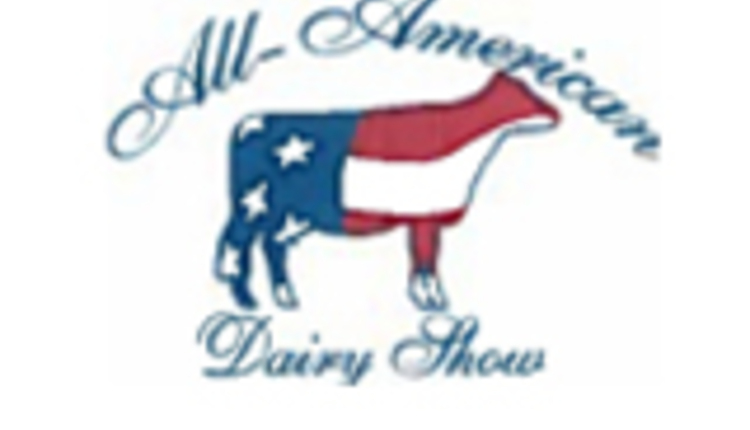
Low-water mark for replacements
The historically low number of heifer replacements on the market has led to higher prices and lower cull numbers, Geiger pointed out. “Since Labor Day 2023, U.S. dairy farmers have pulled back on culling by 608,700 head,” he said. This year alone, nearly 101,000 cows have been held back from culling in response to the replacement heifer shortage. “This is really reshaping what’s taking place on our dairy farms. The trend is clear, and it is impactful,” he added. He also indicated another major market disruptor, this one with its roots in science: genomics. “It’s making big inroads in the U.S. — it’s the reason that component levels are increasing significantly here compared to regions like the European Union,” Geiger noted, pointing out that the large U.S. population bases of Holsteins and Jerseys have helped lay the groundwork for genomic predictability.
“There was an inflection point in about 2017 when a lot of farms started testing their females,” he said. This data gave farmers a scaffolding for their production and component ambitions — and quickly. Still, Geiger said that the dearth of replacement cattle — and the resultant high prices of those in the pipeline — will limit the ability to raise U.S. milk production (Table).

Tech trends
Technological advances like sexed semen have also rattled the market, along with the emerging influence of the recent beef-on-dairy trend. Geiger specified that in 2024, dairy farmers purchased 7.9 million units of beef semen, compared to 9.9 million units of sexed and 6.2 units of conventional in the same time frame. This trend reflects the rising importance of the uterus as a commodity, Geiger said, a shift in perspective that is already bumping up against another relatively recent approach: the emphasis on components over total [production]. “To my nutrition friends out there, as you look at milk checks, we’ve been talking about getting 7 pounds of milk components — but what we’ve got to consider now, is if 20% of our milk revenue on farms is now coming from beef-on-dairy, cull cows, and newborn calves, the value of the uterus — the value of a cow’s ability to have that calf is contributing so much to our return on investment in dairy,” he stressed. Producers might end up “nudging back” on that 7-pound aspiration. “If that calf is worth a lot, we might need to keep a little bit more marginal cow, because that threshold of profitability is diminished,” Geiger said.
Prins agreed, adding that when plotted on a graph, the number of beef semen units sold since 2014 “looks almost exponential,” even when adjusting for the sales to beef rather than dairy. She pondered what the next permutation of this trend might look like: “Could we be getting to the point over the next decade that we could have sexed beef semen to create beef-on-dairy bull calves?” she asked. “Technology is changing and advancing every day, but I think this trend is here to stay.”
Beef herd numbers and feed costs down
“We have the smallest beef herd since 1961,” Prins said, citing the twin forces of record calf prices and poor pasture conditions as driving factors for the delay in the resurgence of beef cattle numbers. Coupled with high beef demand and low slaughter numbers, this low inventory has caused beef futures to rise, Prins and Geiger said.
So when is the beef herd inventory expected to come up? Geiger pointed to the slowdown in beef slaughter: So far in 2024, it’s down 17.4%, he said, “which means we might be seeing an uptick here in rebuilding the herd.” Prins showed a graph that indicates the beef herd rebuild is not following historic patterns, adding that “We expect the beef cow number to hopefully start ticking back up in 2027.”
Another factor affecting farmers’ long- and short-term planning is feed prices. Prins noted that they’ve “come down extensively over the past couple of years.” This season, 74% of the corn crop is rated at good or excellent condition, with the soybean rating also high, Geiger said. Crop conditions, along with the value of oil for biofuels and biodiesel, he said, is good news for farmers.
Prins cited data from the dairy margin coverage program, reminding attendees that the income over feed cost (IOFC) is calculated with “the All-Milk prices less corn, soybean meal, and premium alfalfa hay. This does not include any other revenue streams or expenses,” she noted. “In 2024, we saw the record in September. We were knocking on the door of about $16 a hundredweight regarding IOFC — and now we’re still above the threshold that would begin indemnity payments, so 2025 should still be a good year,” she concluded.
To listen to the webinar in its entirety, visit the Hoard’s Dairyman webinar archives. The next presentation, which is slated for August 18, will be themed “Making the most of this year’s corn silage,” presented by John Goeser. Register here.









